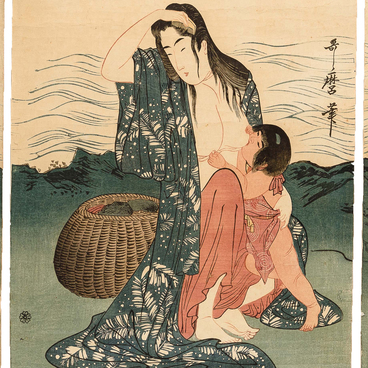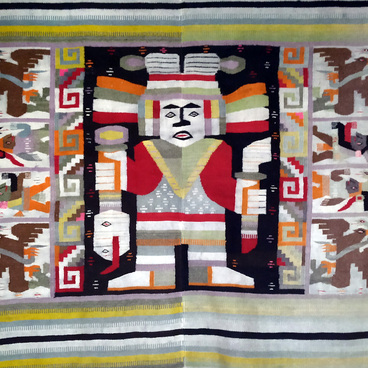Comedian, actor, director, scriptwriter, composer, producer, and the most popular cinematographist of the first half of the 20th century is depicted on that photograph — none other than Charles Spencer Chaplin (1889–1977).
Sergei Eisenstein and Charlie Chaplin knew and appreciated each other’s work long before they met. When they met in Hollywood, there was a mutual understanding between them. Eisenstein and his associates often visited Chaplin at his villa in Hollywood. The comedian always tried to help his Russian friend: he spoke highly about his scripts, defended in Hollywood society and the press, and recommended the writer Upton Sinclair to support the project of shooting an independent movie in Mexico. Before leaving for Mexico, Eisenstein received a photo from Chaplin with an inscription that read: “To my friend Sergei Eisenstein with sincere admiration. Hollywood, November 18 [19]30.” Eisenstein hung this photo in his study. Photographer HOmer PEyton took the picture in 1929.
After returning to his homeland, Sergei Eisenstein wrote about Chaplin several times. On the 50th anniversary of his friend in April 1939, he published a salutatory article “Hello, Charlie!” in the Kino (Cinema) newspaper. At that time, the danger of Nazi Germany’s aggression and its hateful ideology was already clear. Eisenstein turned to Chaplin with remarkable words: ‘…Your path was the path of art, so beloved all over the world for the passionate proclamation of human love, which it brings from the very first of your films. For this humanism, for your aspiration to participate in the struggle of humankind, for human dignity and decent human living, for your fine art I would like to clap you on your back, as it is customary in America to express the warmth of feelings, — and from the bottom of my heart, welcome you: 'Hello, Chaplin… For many and many years ahead, hand in hand for the best ideals of mankind! '.’ At the height of World War II, in 1942, Eisenstein completed his essay on Chaplin, Charlie the Kid, where he wrote: ‘Chaplin has a distinctive feature — with his gray hair he has retained the look of a child and the ingenuousness of perception of any phenomenon’. In his essay, Eisenstein analyzed in detail how such a feature appeared in the comedian’s creative method.
Sergei Eisenstein and Charlie Chaplin knew and appreciated each other’s work long before they met. When they met in Hollywood, there was a mutual understanding between them. Eisenstein and his associates often visited Chaplin at his villa in Hollywood. The comedian always tried to help his Russian friend: he spoke highly about his scripts, defended in Hollywood society and the press, and recommended the writer Upton Sinclair to support the project of shooting an independent movie in Mexico. Before leaving for Mexico, Eisenstein received a photo from Chaplin with an inscription that read: “To my friend Sergei Eisenstein with sincere admiration. Hollywood, November 18 [19]30.” Eisenstein hung this photo in his study. Photographer HOmer PEyton took the picture in 1929.
After returning to his homeland, Sergei Eisenstein wrote about Chaplin several times. On the 50th anniversary of his friend in April 1939, he published a salutatory article “Hello, Charlie!” in the Kino (Cinema) newspaper. At that time, the danger of Nazi Germany’s aggression and its hateful ideology was already clear. Eisenstein turned to Chaplin with remarkable words: ‘…Your path was the path of art, so beloved all over the world for the passionate proclamation of human love, which it brings from the very first of your films. For this humanism, for your aspiration to participate in the struggle of humankind, for human dignity and decent human living, for your fine art I would like to clap you on your back, as it is customary in America to express the warmth of feelings, — and from the bottom of my heart, welcome you: 'Hello, Chaplin… For many and many years ahead, hand in hand for the best ideals of mankind! '.’ At the height of World War II, in 1942, Eisenstein completed his essay on Chaplin, Charlie the Kid, where he wrote: ‘Chaplin has a distinctive feature — with his gray hair he has retained the look of a child and the ingenuousness of perception of any phenomenon’. In his essay, Eisenstein analyzed in detail how such a feature appeared in the comedian’s creative method.



